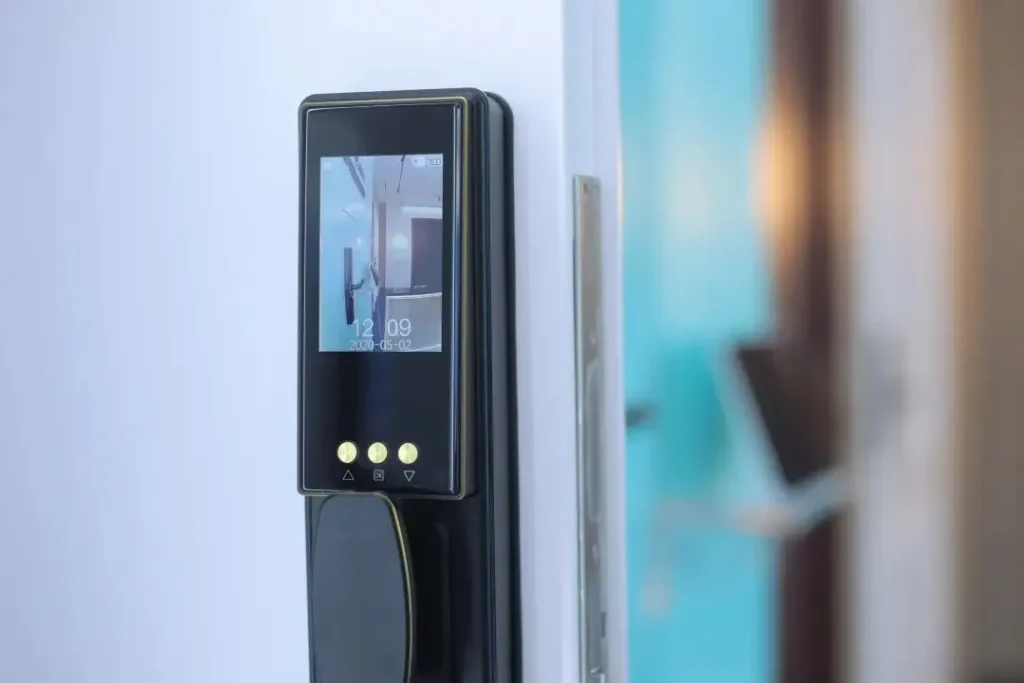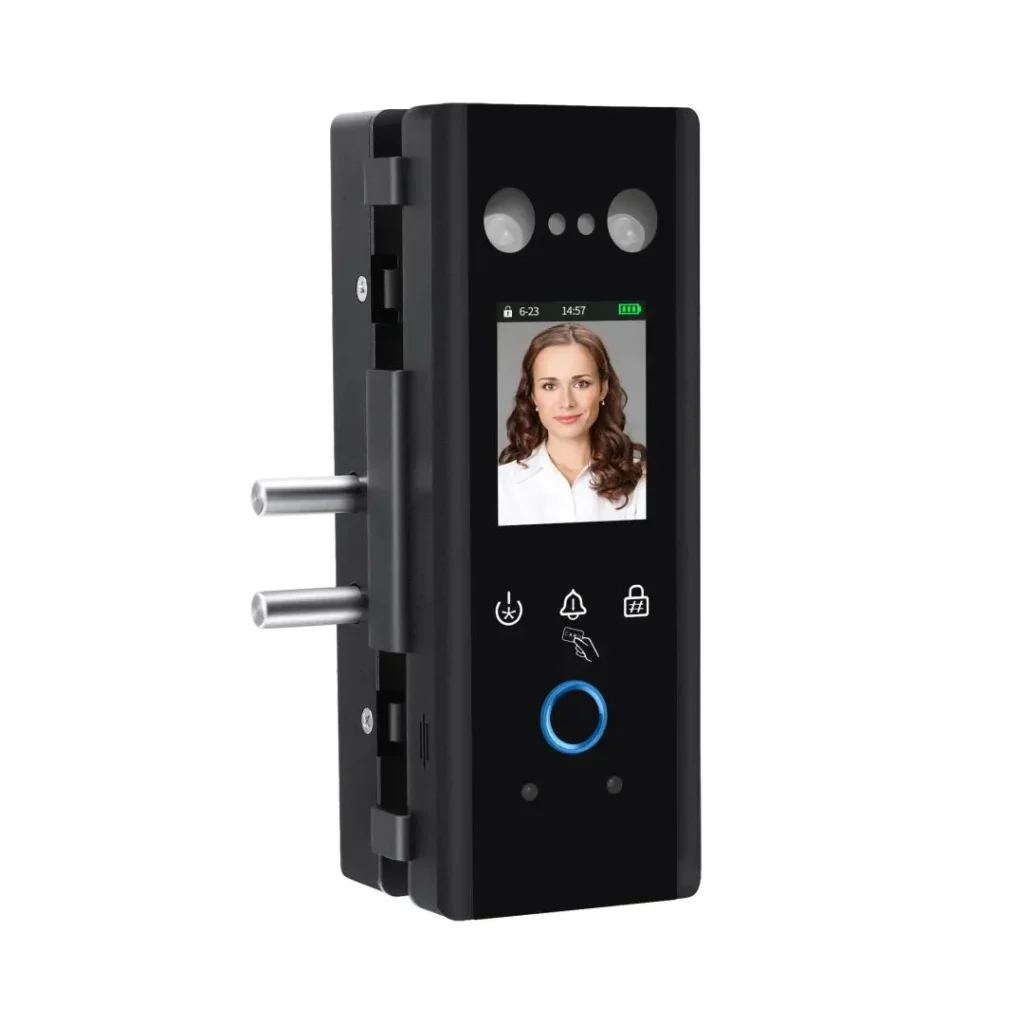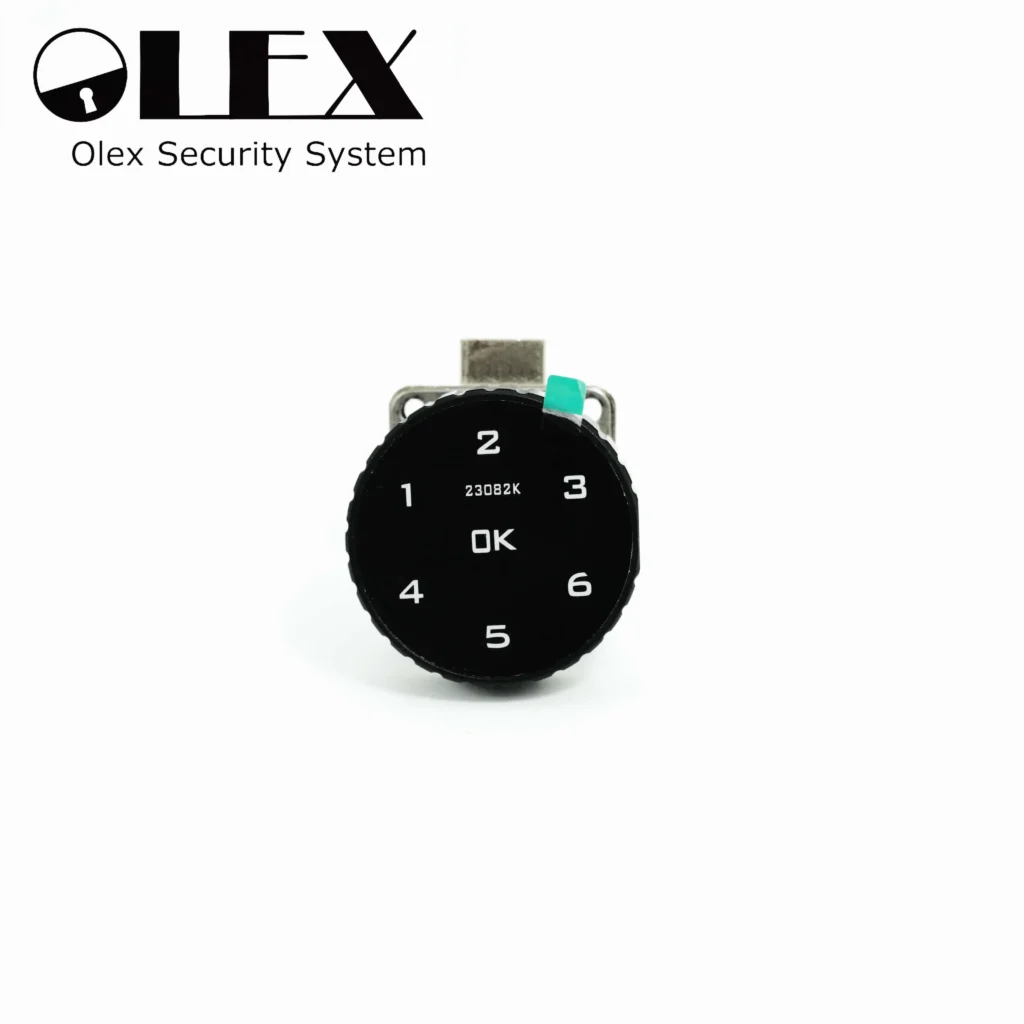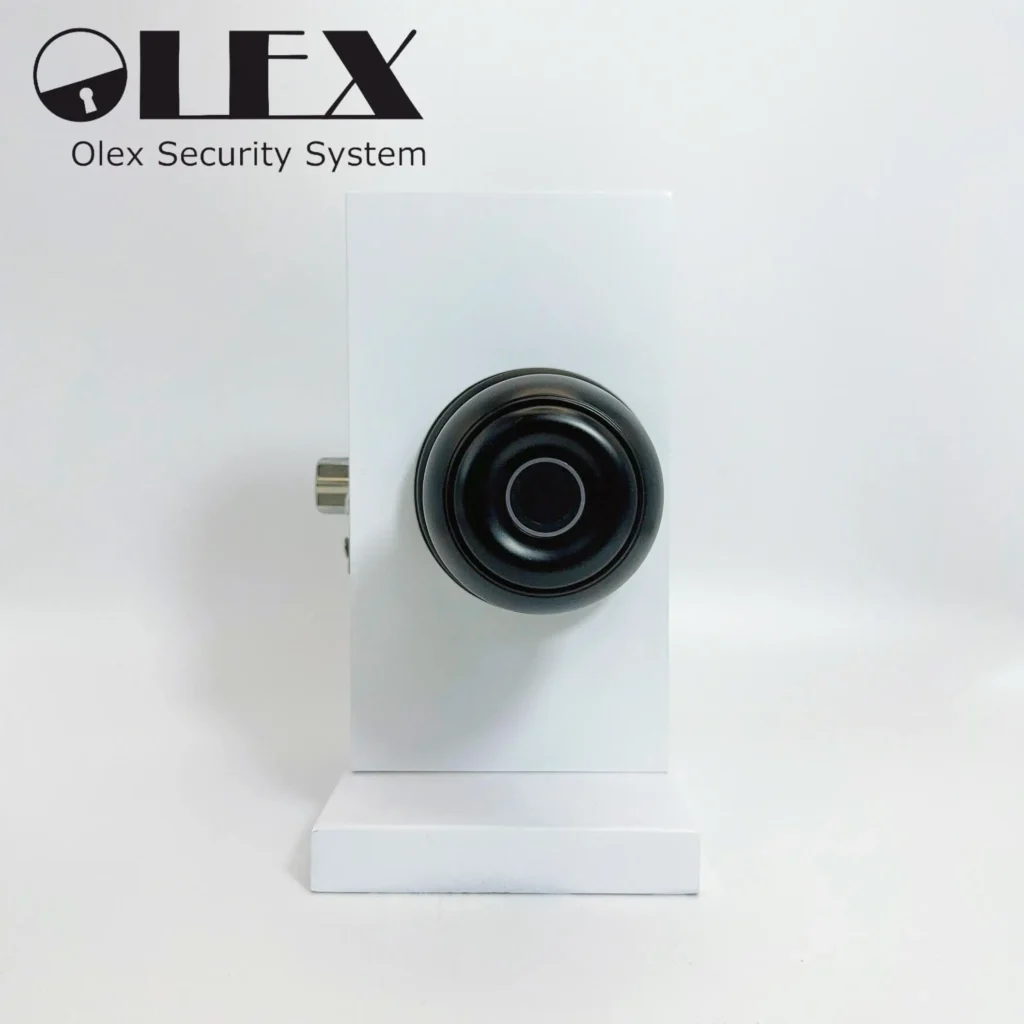5 Critical Privacy Concerns with Smart Locks: A Case Study
Summary: Under what circumstances can the use of intelligent smart lock systems infringe on others’ privacy rights? How can we balance the protection of privacy rights with the right to use these systems? Recently, a court case involving a dispute over an intelligent locking system was disclosed by a court. With the increasing number of intelligent locking systems being purchased and installed, many high-end models are equipped with body sensors and facial recognition features. Some even have photo, video, and remote monitoring functions, providing strong security measures that appeal to many consumers.
However, in some residential buildings where public spaces are narrow and entrance doors are close to each other, the installation and use of intelligent locking systems can lead to conflicts between neighbors regarding privacy and peace of mind.

The Case of Smart Lock-Induced Neighbor Disputes
Neighbors Mr. A and Mr. B live in adjacent apartments with their entrance doors facing each other, separated by a hallway approximately 2.29 meters wide. Mr. B replaced his door lock with a smart lock equipped with a display screen and built-in camera. When activated, the camera could capture the upper part of Mr. A’s entrance door. Mr. A believed that Mr. B’s smart lock invaded his privacy, leading to a dispute.
Mr. A sued Mr. B over the lock, and the case reached the second instance court. Mr. A requested the removal of the camera on Mr. B’s door, the deletion of stored images involving his household, cessation of the invasion, and an apology.
Court Examination of Smart Lock Functions
If the camera on Mr. B’s smart lock were to be removed, the lock would become non-functional. Mr. B emphasized that the smart lock is designed for residential security and convenience, not surveillance. How should such disputes be judged?
The presiding judge stated that resolving such disputes requires on-site inspections and a comprehensive analysis of the lock’s functions and their impact on privacy rights. The goal is to apply the principle of proportionality to limit the use of smart locks where necessary while ensuring the owner’s right to use the lock.
Snap Function Does Not Constitute Privacy Invasion
The court first investigated whether the smart lock’s snap function violated Mr. A’s privacy rights. The investigation revealed that the smart lock’s snap function is passive, only triggered by touch attempts to unlock the door. Mr. A’s activities in the hallway, such as entering and exiting his home or using the elevator, would not trigger the camera.
Images captured by the smart lock mainly involved the person unlocking the door. Typically, the person unlocking the door would obscure the view, making it unlikely for the camera to capture much of Mr. A’s door. Even if Mr. A’s door was coincidentally opened during a snap, the likelihood of privacy infringement was low.
The judge concluded that the snap function primarily serves as a security measure rather than for image collection. It alerts and deters potential intruders, thus not constituting an invasion of Mr. A’s privacy.
Human Body Sensing Function Constitutes Invasion and Must Be Restricted
Mr. B’s smart lock also had a body sensing function that could record the comings and goings of neighbors. Mr. A argued that this information was private. The court conducted an on-site examination, finding that the sensing range was about 0.5 meters. With the sensing function active, Mr. A’s family activities could trigger the smart lock, recording times when they entered and exited.
The judge noted that the body sensing function could cause discomfort and a sense of being monitored for Mr. A’s family, infringing on their privacy and peace of mind. Consequently, the court ordered Mr. B to deactivate the sensing function, as its activation would invade Mr. A’s privacy.
Proper Use of Smart Locks to Avoid Disputes
With advancements in technology, smart locks with facial recognition, remote viewing, real-time monitoring, and image capture functions are becoming more common. Despite their security benefits, these features can sometimes intrude on neighbors’ privacy. How can smart locks be used reasonably to avoid disputes?

A judge explained that the priority of legal protection should be given to personal dignity and a sense of security over the convenience of using smart locks when there is no urgent necessity. Hence, the court ruled that the sensing function should remain deactivated to protect the neighbor’s privacy rights.
To prevent such disputes, manufacturers and sellers of smart locks should consider the potential privacy impacts during product development and sales, incorporating human-centered design and social responsibility. They should also inform consumers of potential risks and guide them to choose products that best meet their needs.
Consumers are advised to consider the potential impact on their neighbors’ privacy when selecting smart locks. Empathy and understanding can help ensure that the chosen smart lock functions do not interfere with others’ lives.
The judge suggested that mutual understanding and compromise are essential for resolving daily disputes among neighbors. Effective communication and a willingness to compromise can help maintain good neighborly relations and uphold everyone’s legal rights.


